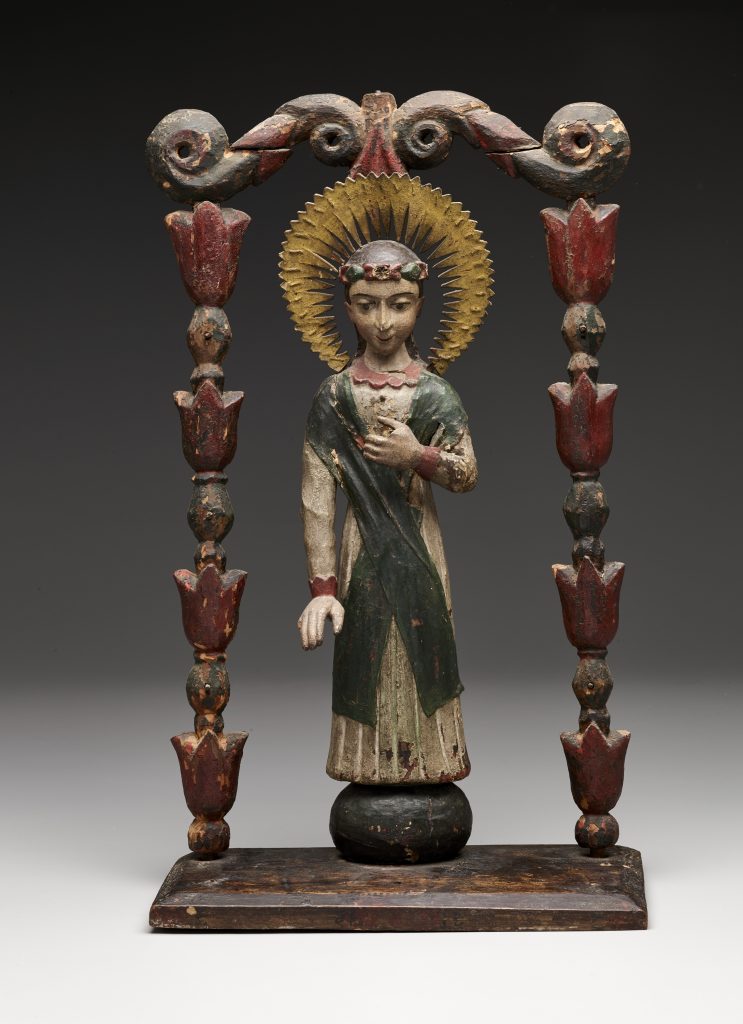American Art History in the Time of Crises

Editors
Contributors
Crystal L. Keels, “Aesthetic Anchors: Bridging the Distance During the Pandemic”
Anuradha Vikram, “Changes in the Air: My Pandemic Year”
Courtney McNeil, “Museum Work in a Time of Pandemic: Crisis and Creativity”
William L. Coleman, “Preservation as Privilege”
Adam M. Thomas, “Mourning and Museums”
Mark Castro, “Looking Beyond Scholarship to Community Well-Being”
Taylor Bythewood-Porter, “Looking Forward”
Andrea Barnwell Brownlee, “Muholi: Risk and Reward at the Cummer Museum”
Kelli Morgan, “Ironic Pandemic Relief”
This special section of the June issue of Panorama, organized by the Executive Editors, aims to address the impact of COVID-19 and entwined calls for social and racial justice on museums, teaching, and cultural institutions. Individual contributors were invited to respond to a list of possible questions but were also free to treat the topic in whatever way resonated for them.
They were asked to consider:
- How has the pandemic affected your work in the museum, public history, or classroom?
- How do conversations about social justice and equity intersect for you with the experiences of the past year and the pandemic?
- Have your ideas about what it means to be an art historian/teacher/scholar of visual and material culture shifted over the past year?
- What has the turn toward the digital that has occurred because of the pandemic meant for your discipline and the future of your work?
- How have you, your field, or institution adapted?
- Are there lessons you can share about that adjustment and any future plans to adopt or adapt?
- Are there DEAI (diversity, equity, access, and inclusion) or accessibility issues that you think are relevant to this?
- Are there ways in which art, visual culture, exhibitions, teaching, or scholarship can help us to navigate, process, or reflect upon the events of the past year?
- Can you share a meaningful example(s)?
Taken together, the responses to this Colloquium present the individual experiences of nine contributors who personally reflect upon the events of the past year. We hope that their narratives create a rich stage for understanding how such critical issues and questions—many of them long lying in wait, but raised acutely by 2020—intersect. These reflections are by no means comprehensive. Instead, they contribute to an ongoing and timely conversation. We invite readers to write and share their experiences, in order to expand this important discussion in the “Talk Back” section of subsequent issues.
Cite this article: Jacqueline Francis, Naomi Slipp, and Keri Watson, eds., introduction to “American Art History in the Time of Crises” Colloquium, Panorama: Journal of the Association of Historians of American Art 7, no. 1 (Spring 2021), doi.org/10.24926/24716839.11897.
PDF: Francis, Slipp, and Watson, Introduction to American Art History in the Time of Crises
About the Author(s): Jacqueline Francis, Naomi Slipp, and Keri Watson are the Executive Editors of Panorama

